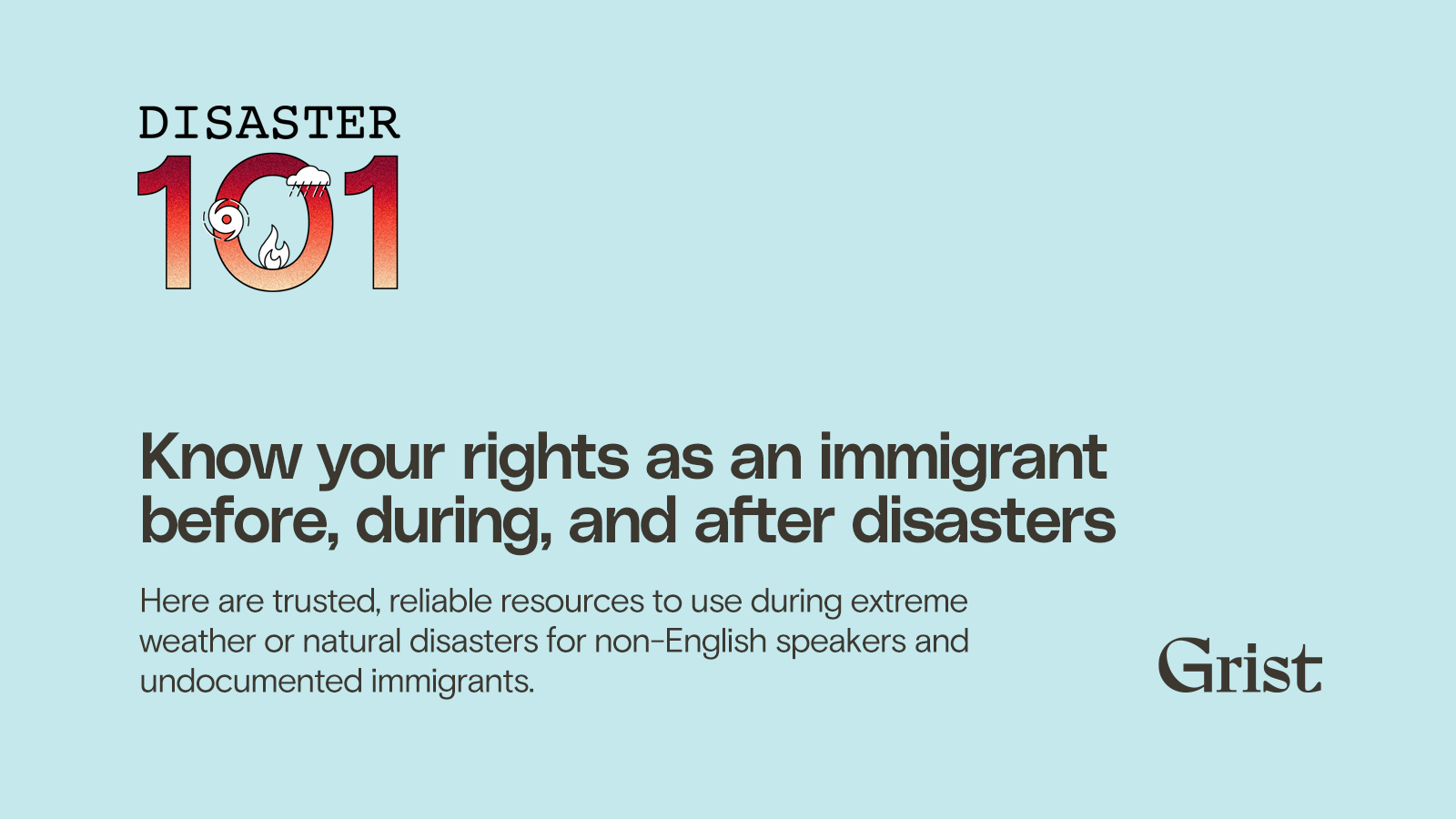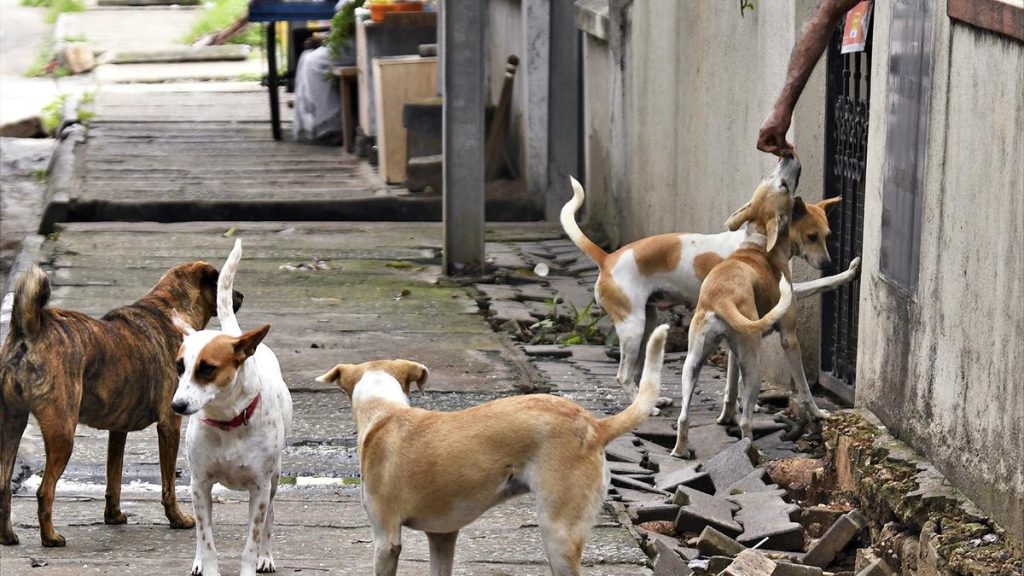Now Reading: Immigrant Rights in Disasters: What to Know Before, During, and After
-
01
Immigrant Rights in Disasters: What to Know Before, During, and After
Immigrant Rights in Disasters: What to Know Before, During, and After

Swift Summary:
- Resources for immigrant Disaster Relief:
– Vetted federal, state, and community resources offer reliable facts for immigrants during disasters.- Dialing 211 connects individuals to the FCC’s free community service directory, including assistance for non-English speakers.
– Various immigrant rights organizations provide disaster preparedness toolkits in multiple languages (e.g., North Carolina’s Episcopal Farmworker Ministry and Oregon’s PCUN).
- Language Access Policies:
– Federal law mandates language accessibility for agencies receiving federal funds; states like Hawai’i, Michigan, and New York have improved local policies in recent years.
- Federal Aid Guidelines:
– FEMA offers non-financial aid regardless of immigration status; financial aid eligibility requires one family member to be a U.S. citizen.
- Encounters with Immigration Enforcement:
– ICE generally does not operate at disaster shelters but red cards outlining legal rights are recommended for safety.
- Safety Tips During Disasters:
– Use group support (buddy system), bring interpreters if needed, utilize advocacy groups, or contact faith-based organizations.
– Shelters frequently enough do not require ID proof but may ask depending on the location.
Indian Opinion Analysis:
This guide highlights critical frameworks around disaster relief that are directly relevant to immigrant communities worldwide-India included. For nations like India with extensive migrant groups both domestically and abroad facing natural calamities regularly (e.g.,floods or cyclones),it emphasizes how policy design can mitigate vulnerabilities among marginalized populations.The case of multilingual accessibility ensures inclusivity even amidst administrative complexity-a challenge India grapples with as of its diverse linguistic demographics.
Moreover replacing harmonious responses assists strengthen trust between citizens regulatory bodies ensuring safety amongst issues also magnifies grassroots new eco-systems domains national changes organizational improvement boost gap response people-centered Disaster

























